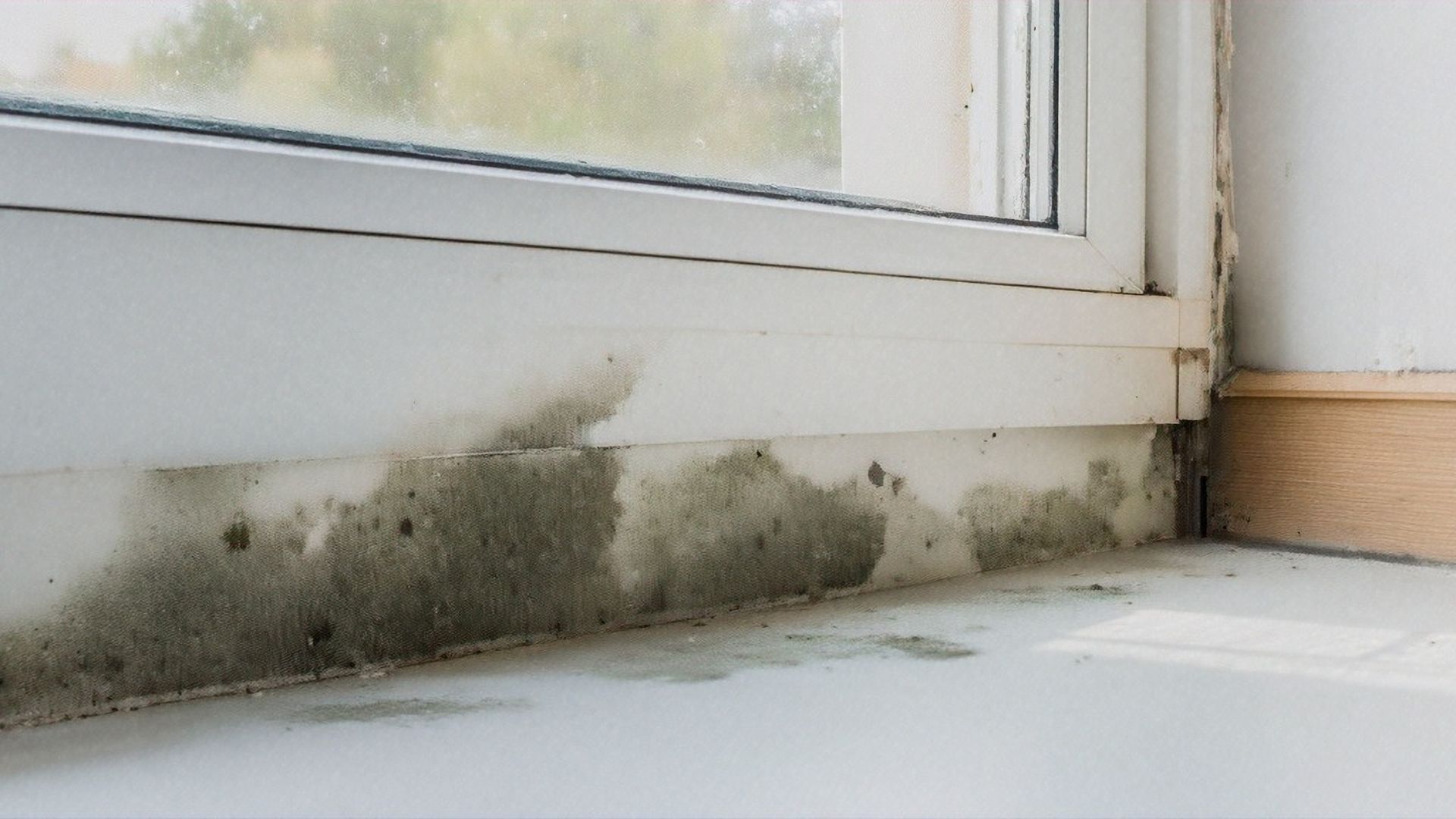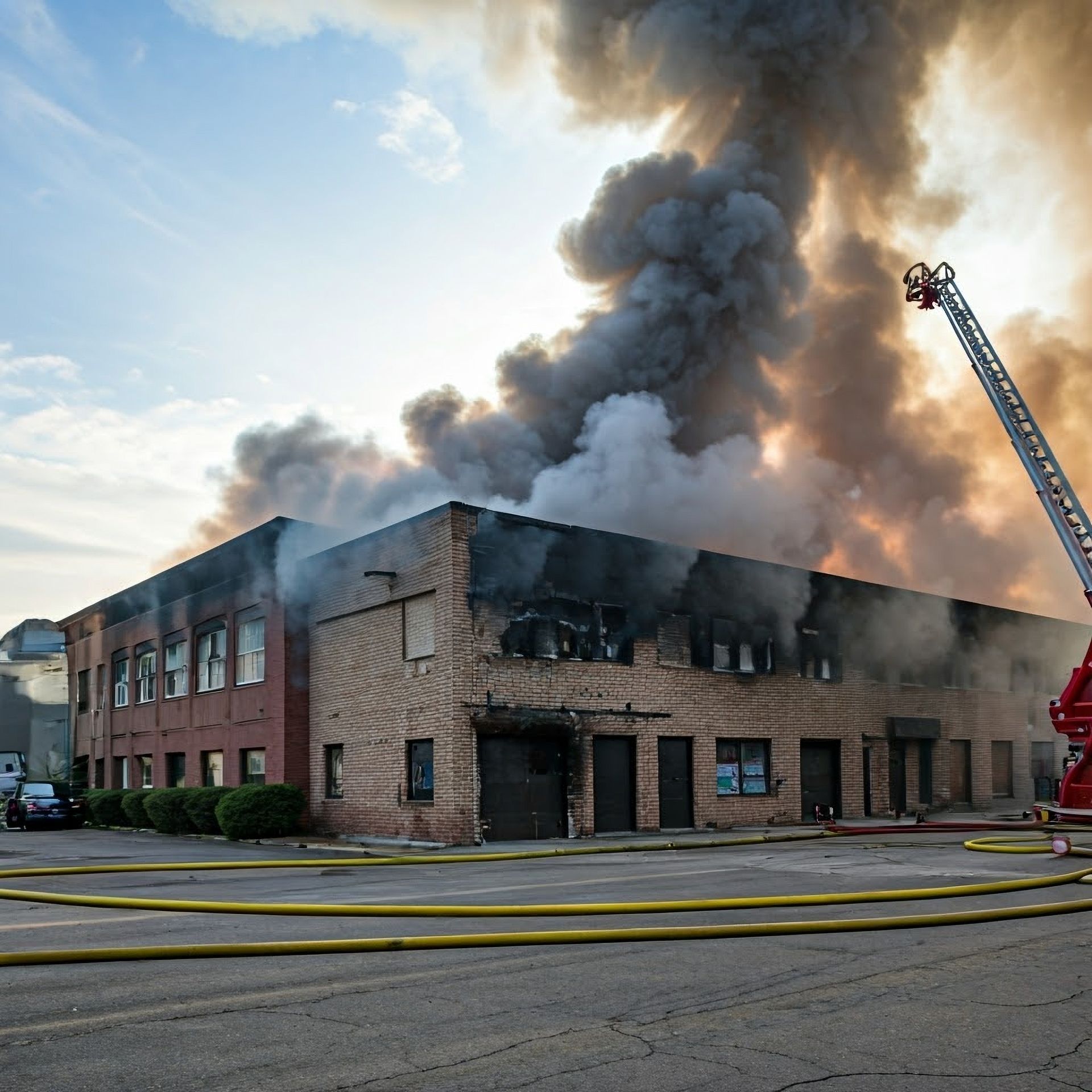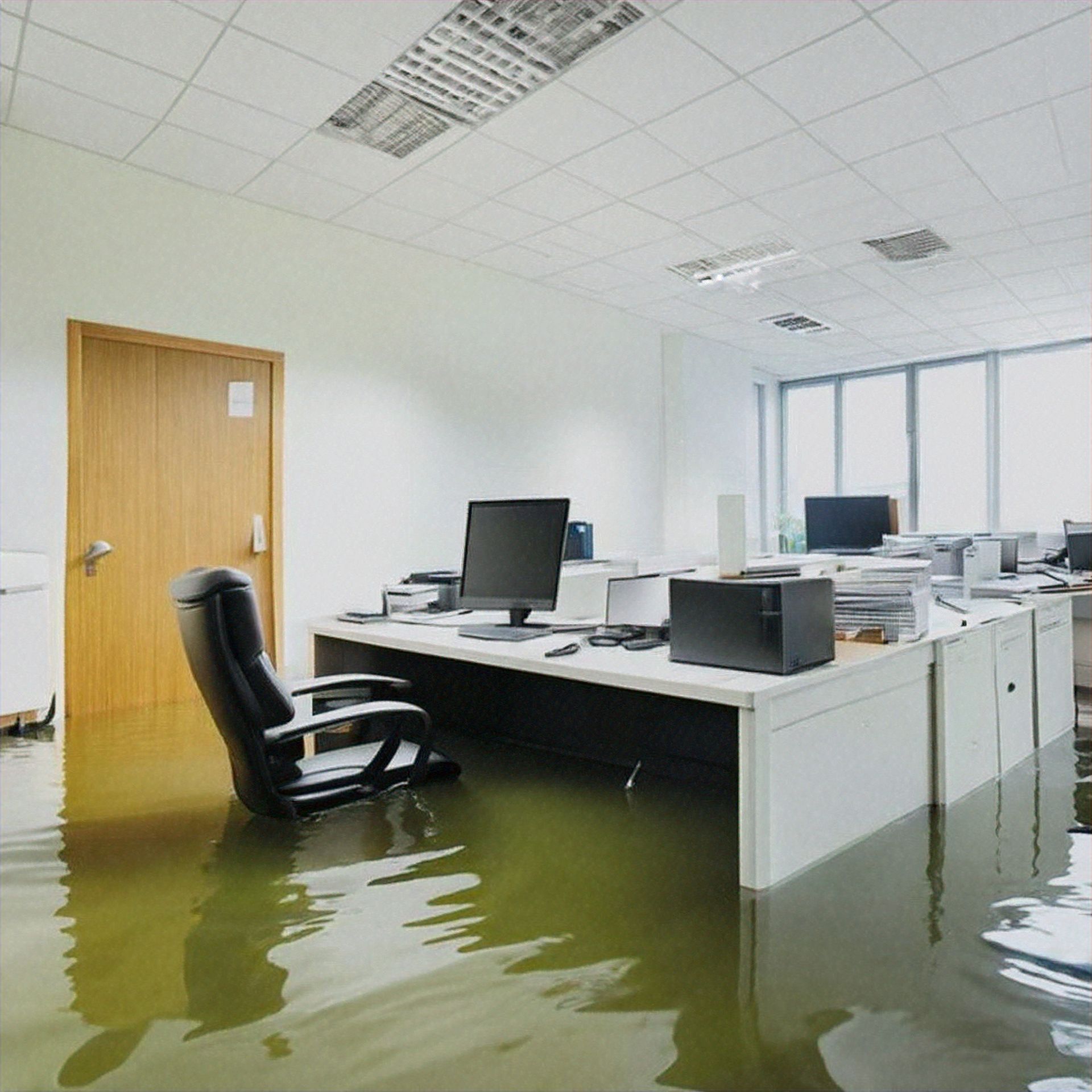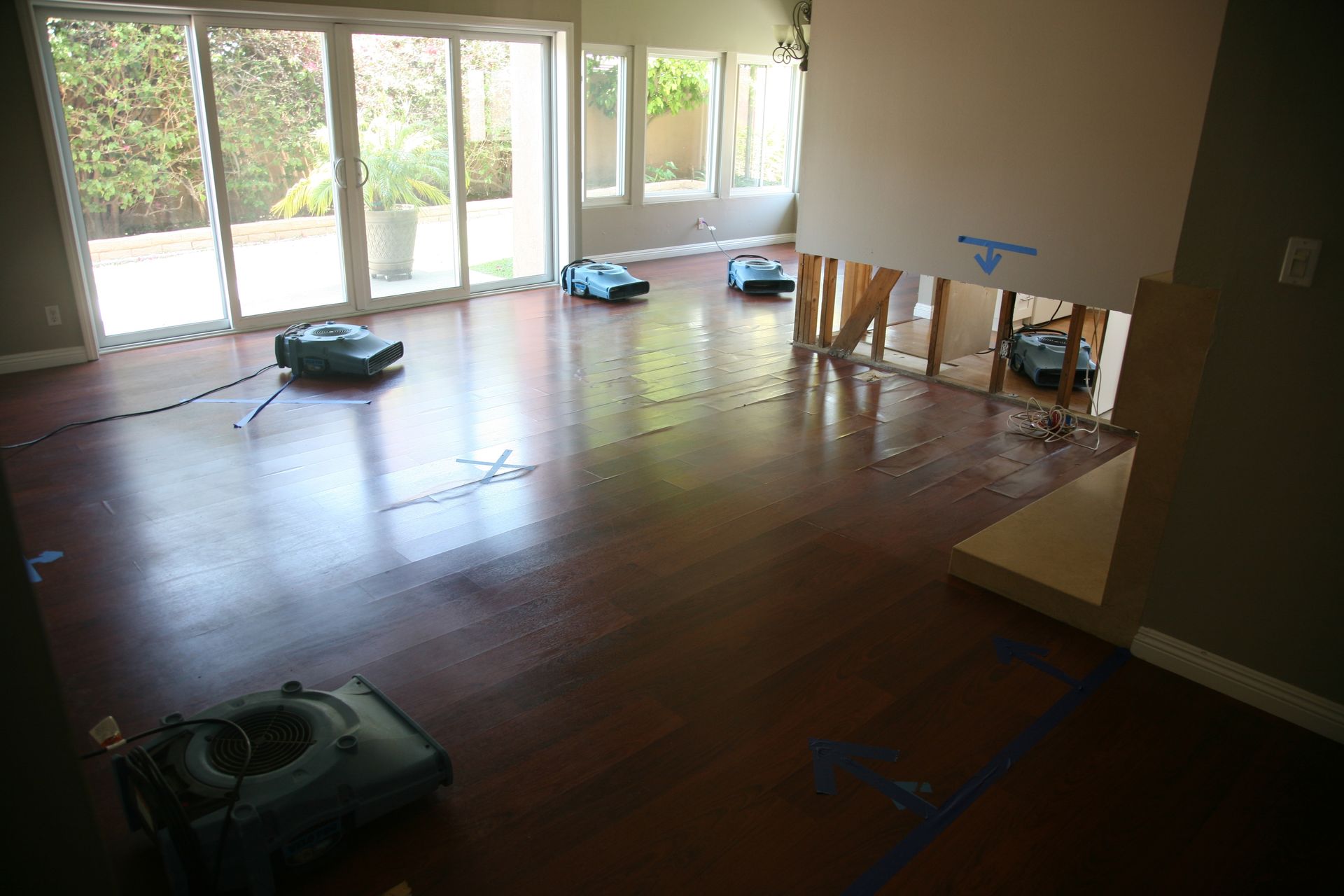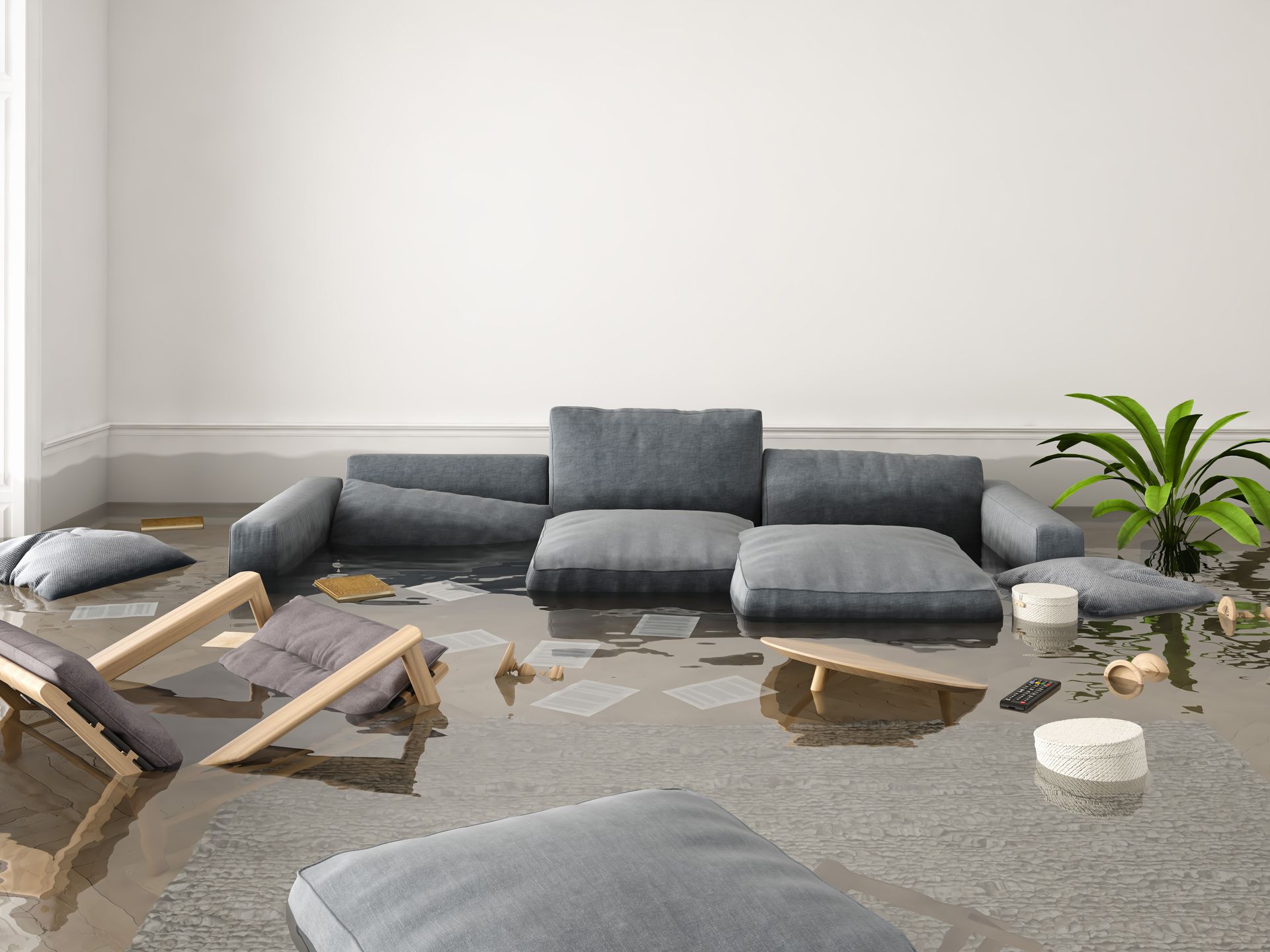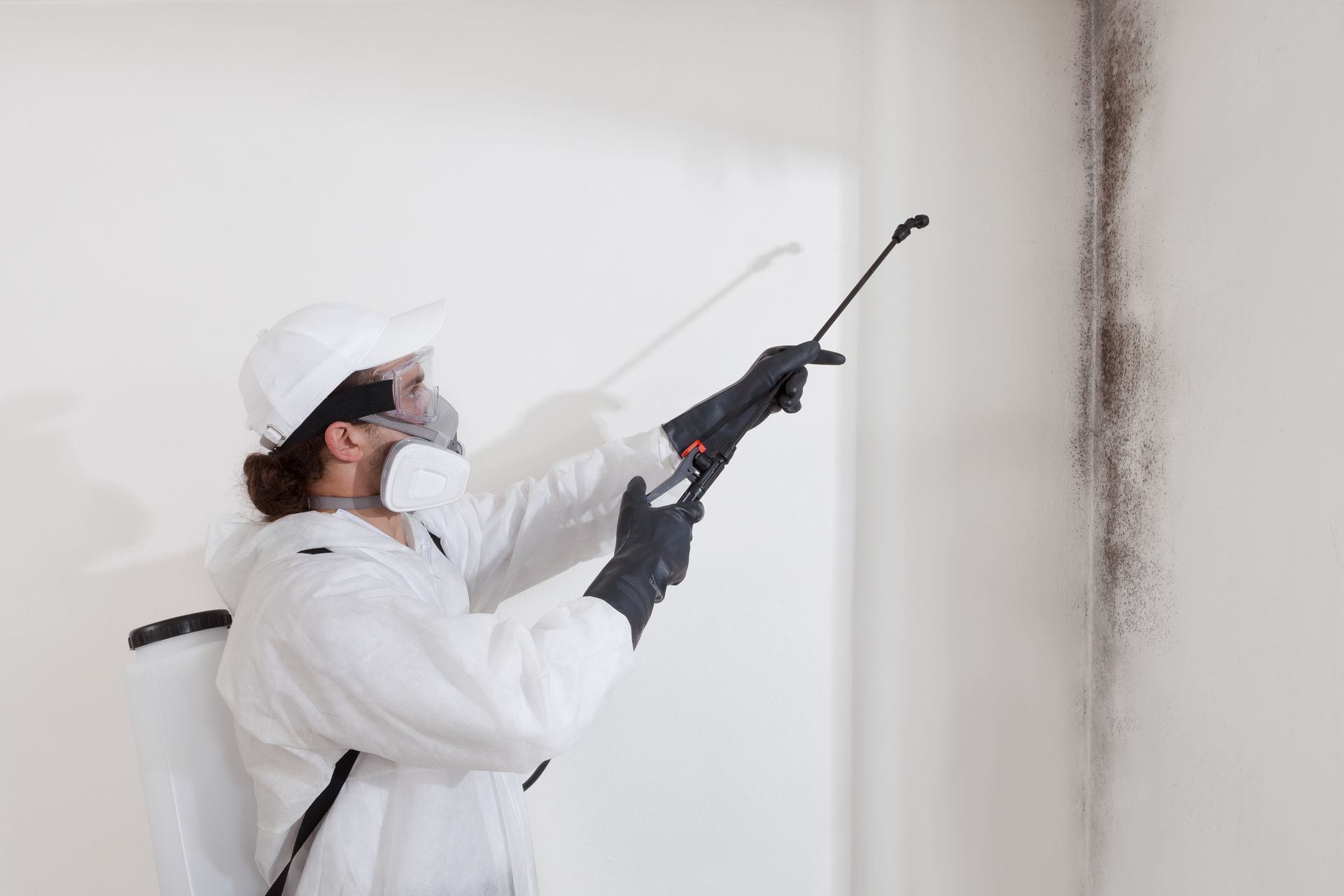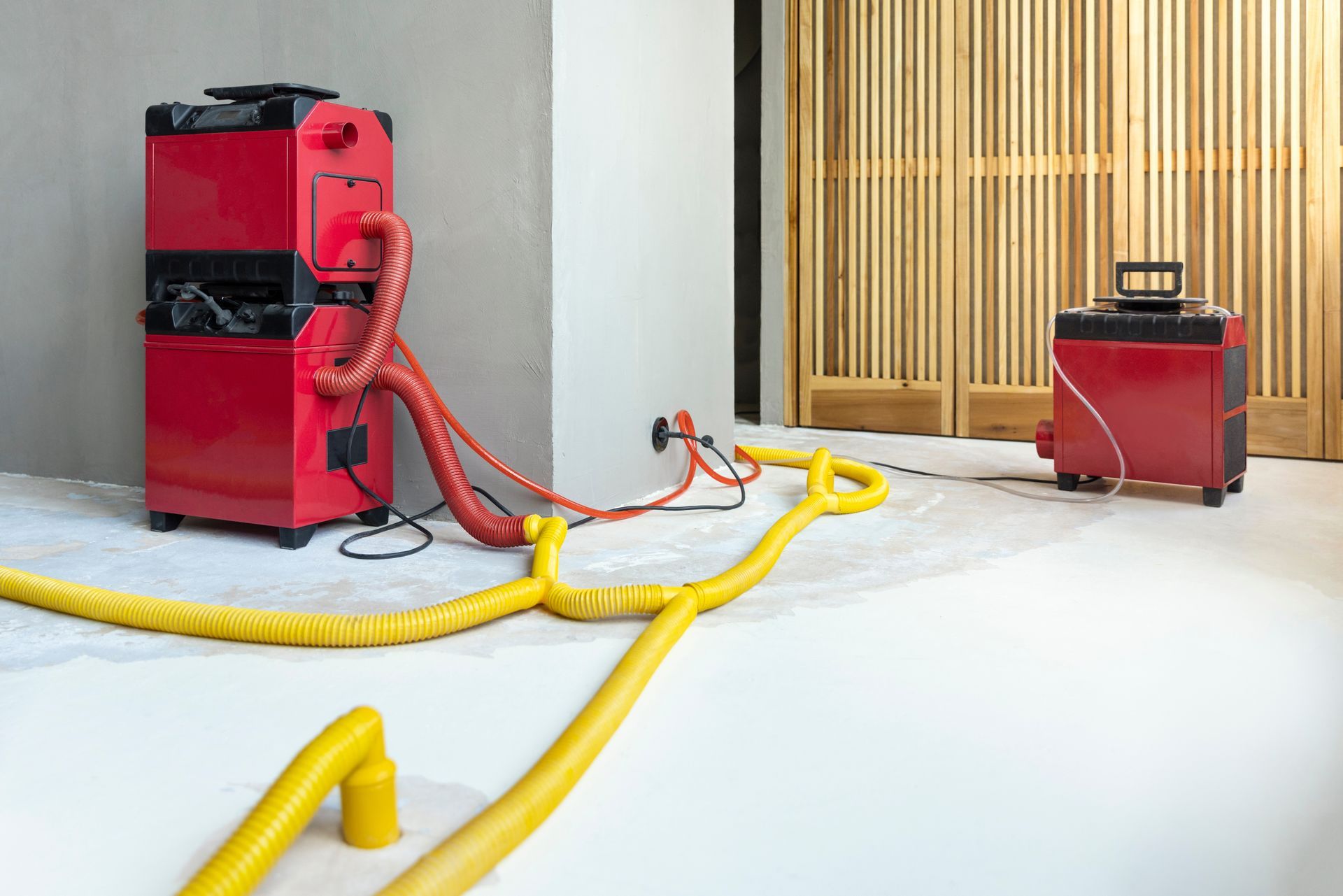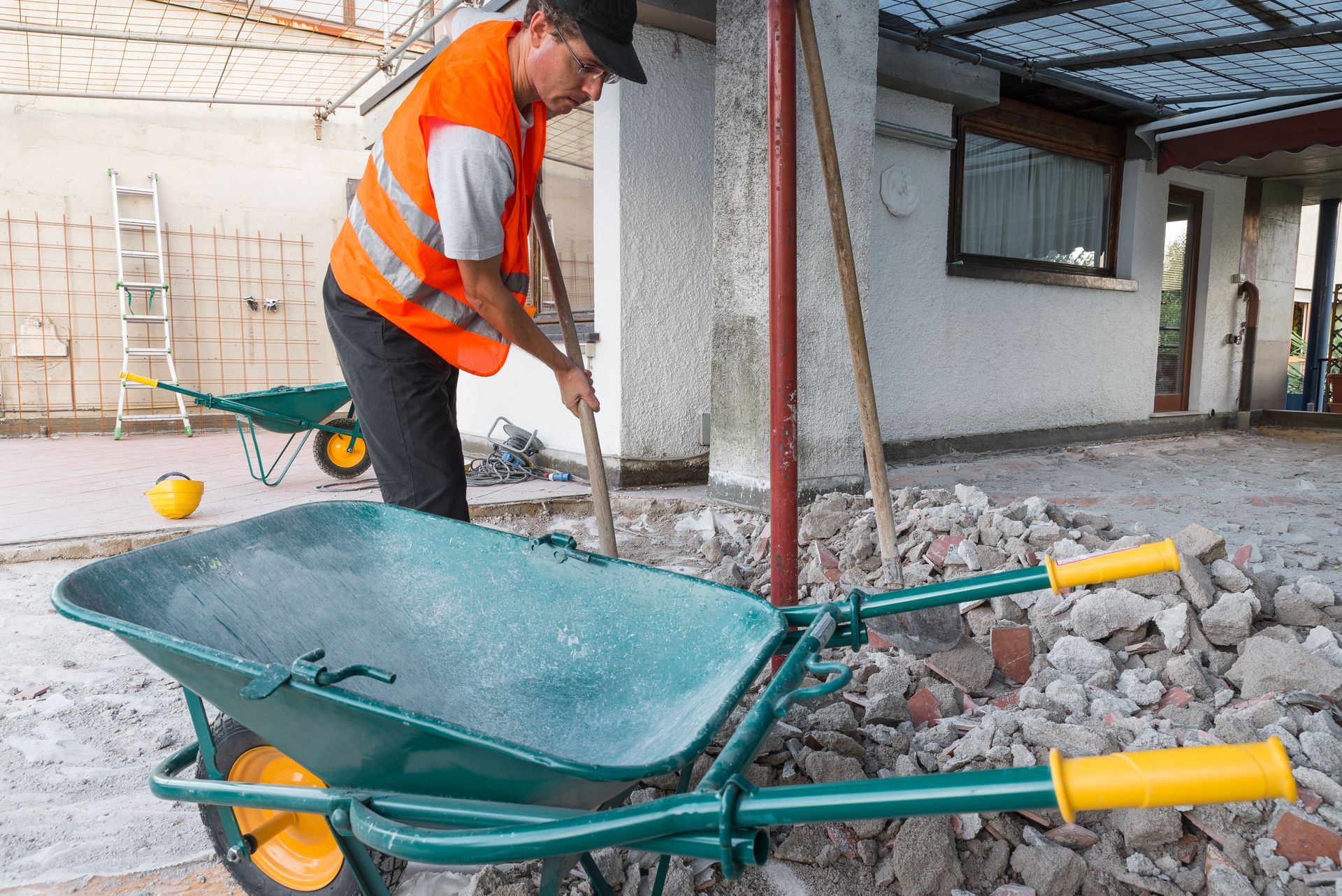DIY Smoke Damage Cleaning: When to Tackle It Yourself and When to Call a Pro
A Practical Guide to Smoke Damage Cleanup: DIY Tips vs. Professional Solutions
Smoke damage is a common consequence of fires, even small ones, and can linger long after the flames are extinguished. While some minor smoke cleanup tasks can be handled with DIY methods, more severe damage often requires professional remediation. Knowing when to take matters into your own hands and when to call in the experts is key to ensuring your home is clean, safe, and odor-free. In this guide, we’ll walk you through simple smoke damage cleaning tips for homeowners and highlight why professional smoke remediation is often the best choice for more extensive issues.
Understanding Smoke Damage
Before diving into cleanup methods, it’s important to understand what smoke damage entails. Smoke is made up of tiny particles and gases released during combustion. These particles can cling to surfaces, embed themselves in porous materials, and leave behind unsightly stains and lingering odors. The severity of smoke damage depends on several factors, including:
- Size and duration of the fire
- Type of materials burned (synthetics often produce more harmful residues)
- Ventilation during the event
- Proximity to the source of the smoke
Smoke damage can impact your home’s structural elements, furniture, walls, and even its air quality, making thorough cleaning a priority.
When to Tackle Smoke Damage Yourself
For minor smoke damage, such as from small kitchen mishaps or a contained fireplace mishap, DIY cleaning can be effective. Here’s what you can handle:
1. Surface Cleaning
If the smoke damage is confined to hard, non-porous surfaces, start by using gentle cleaning methods:
- Vacuum with a HEPA filter: Remove loose soot particles without spreading them. Avoid scrubbing to prevent embedding soot into surfaces.
- Mild detergent and warm water: Use a soft sponge or cloth to gently wipe surfaces, including walls, countertops, and floors.
- White vinegar solution: Vinegar is excellent for cutting through smoke odors. Mix equal parts vinegar and water and wipe down affected surfaces.
2. Cleaning Fabrics and Upholstery
Smoke smells often linger in soft furnishings. For minor cases:
- Washable items: Launder curtains, pillowcases, and washable upholstery covers with a mix of detergent and baking soda to neutralize odors.
- Vacuum upholstery: Use a vacuum with an upholstery attachment to lift soot particles from furniture.
- Fabric fresheners: For a temporary fix, use fabric sprays to mask odors until more thorough cleaning can be performed.
3. Deodorizing the Air
Even after cleaning, smoke odors can persist in the air:
- Air purifiers with HEPA filters: These help trap airborne smoke particles.
- Activated charcoal: Place bowls of activated charcoal around the affected area to absorb odors.
- Ventilation: Open windows and doors to let fresh air circulate, if conditions allow.
When to Call a Professional
DIY methods can address surface-level issues but often fall short when dealing with severe smoke damage. Here’s when you should consider hiring a professional smoke remediation service:
1. Persistent Odors
Smoke particles can penetrate deeply into porous materials like drywall, carpets, and insulation. If odors linger despite repeated cleaning, it’s a sign that smoke has permeated areas beyond your reach.
2. Extensive Soot Staining
Soot can cause discoloration that’s difficult or impossible to remove with standard cleaning methods. Professionals use specialized cleaning agents and techniques to restore surfaces without causing further damage.
3. Health Risks
Smoke contains toxic chemicals, especially when synthetic materials burn. Prolonged exposure to smoke residues can lead to respiratory issues, skin irritation, and other health problems. Professionals use personal protective equipment (PPE) and advanced air scrubbing tools to ensure a safe cleanup.
4. Compromised Air Quality
Lingering smoke particles can contaminate your indoor air. Professional-grade air purifiers and ozone treatments effectively neutralize harmful particles and restore clean air.
5. Hidden Damage
Smoke can seep into areas that are hard to access, like ductwork, attics, and crawl spaces. Professionals use advanced equipment to detect and remediate hidden damage that DIY methods may overlook.
The Professional Advantage
Professional smoke damage remediation offers a level of expertise and thoroughness that DIY methods can’t match. Here’s what sets the pros apart:
Advanced Equipment
Professionals use industrial-grade equipment, such as:
- Thermal foggers: Penetrate deeply into materials to neutralize odors.
- Ozone machines: Break down smoke particles at a molecular level.
- HEPA vacuums: Remove microscopic soot particles from surfaces and air.
Specialized Cleaning Techniques
Trained technicians use proprietary cleaning solutions and techniques tailored to different surfaces and materials, ensuring thorough restoration without causing damage.
Comprehensive Service
Professionals don’t just clean what’s visible. They address:
- Structural damage caused by smoke and heat.
- HVAC system contamination to prevent recirculation of smoke particles.
- Moisture issues that can lead to mold growth in areas affected by firefighting efforts.
Peace of Mind
Hiring a professional ensures the job is done right the first time, saving you time, effort, and the cost of repeated DIY attempts.
Tips for Preventing Future Smoke Damage
While accidents happen, you can minimize the risk of smoke damage with a few preventive measures:
- Install smoke alarms: Ensure they are in working order and placed strategically throughout your home.
- Use fire-resistant materials: Opt for non-combustible building and furnishing materials where possible.
- Practice safe habits: Never leave cooking, candles, or fireplaces unattended.
- Maintain your fireplace and chimney: Regular cleaning reduces the risk of chimney fires.
Conclusion
DIY smoke damage cleaning is a practical option for minor issues, but it has its limits. For extensive smoke damage, stubborn odors, or health concerns, professional remediation is the safest and most effective solution. By recognizing when to call in the experts, you can protect your home and family while restoring your space to its original condition.
If you’re dealing with smoke damage that feels beyond your control, don’t hesitate to reach out to Restoration 1’s smoke damage cleanup services. Our experienced team is equipped with the tools and expertise to handle even the most challenging cases, ensuring your home is safe, clean, and comfortable once again.
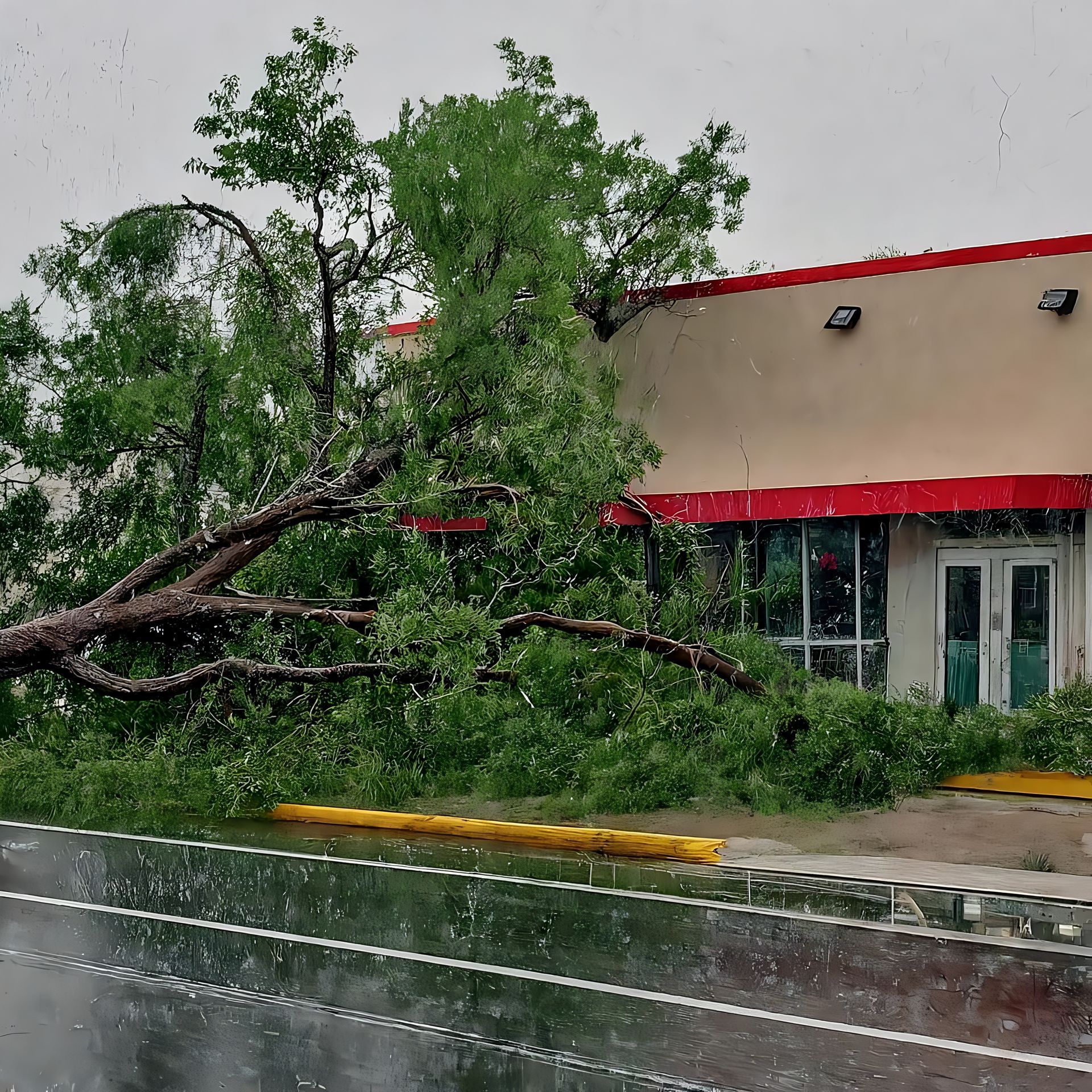
Commercial Storm Damage Recovery in Evansville: Protecting Your Business When Severe Weather Strikes
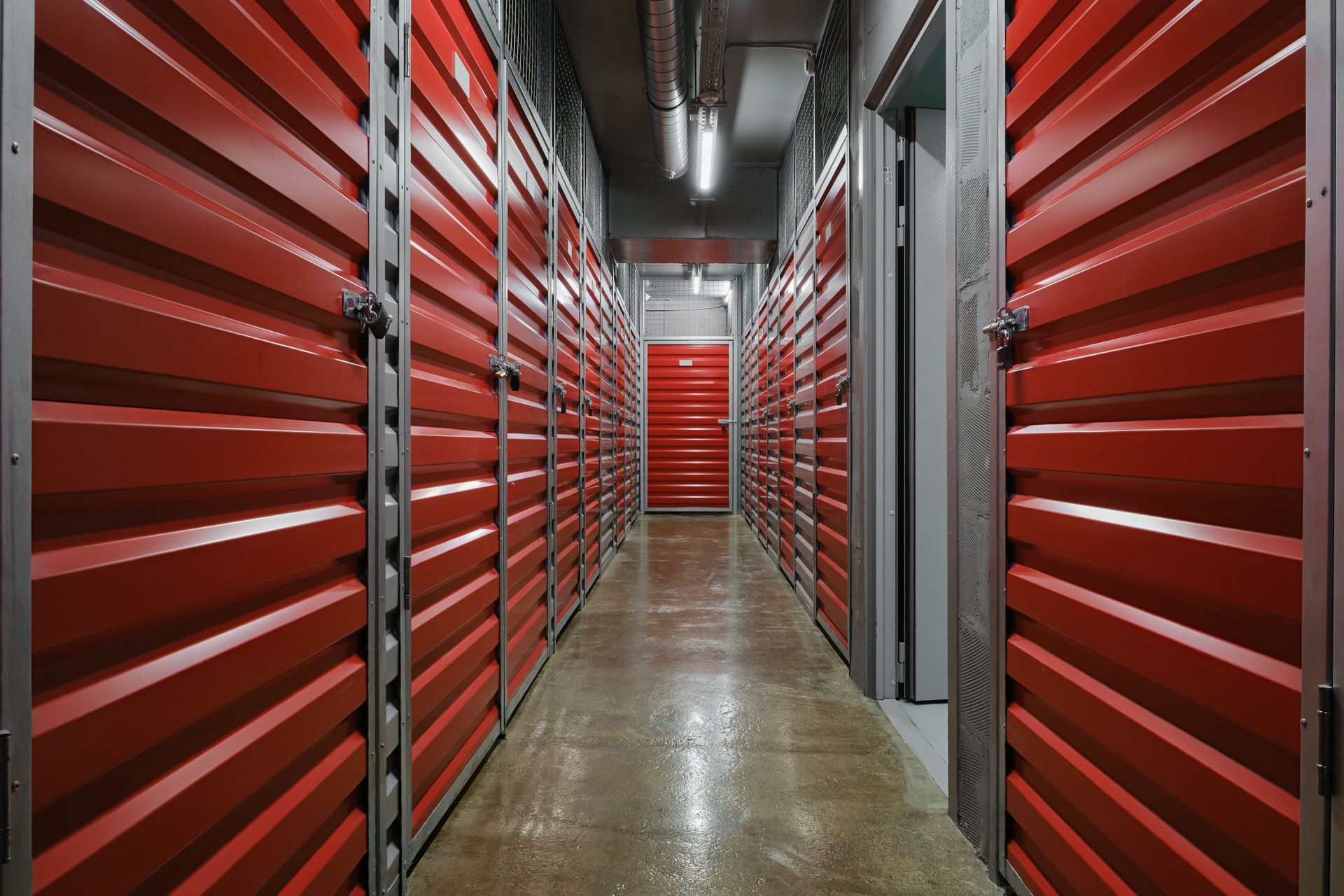
Secure Storage Solutions During Restoration: Why Restoration 1 of Evansville is Your Trusted Partner

Proudly Serving the following areas
- Evansville, IN
- Henderson, KY
- Jasper, IN
- Vincennes, IN
- Owensboro, KY
Contact Us
24/7
Emergency Services

